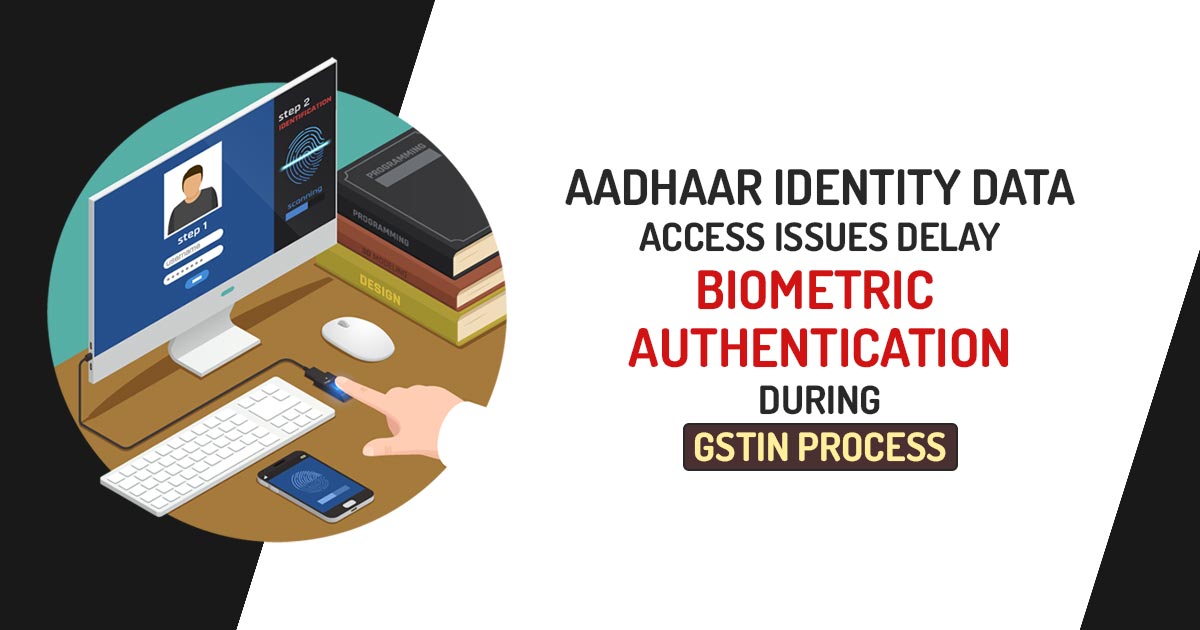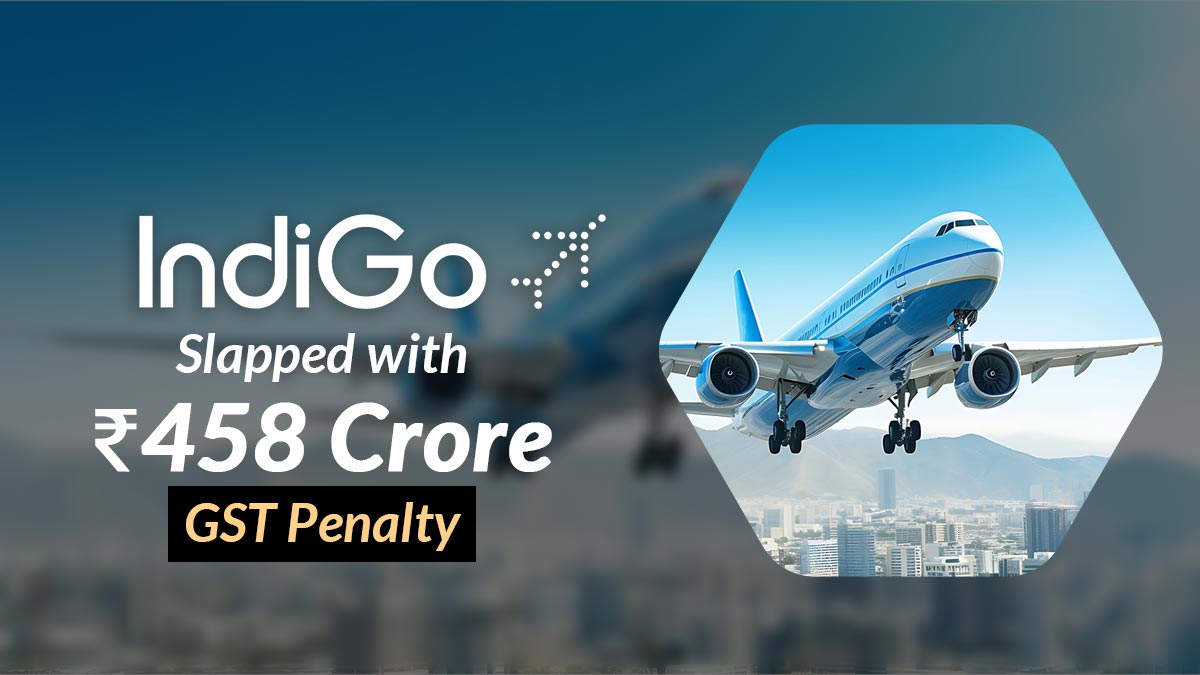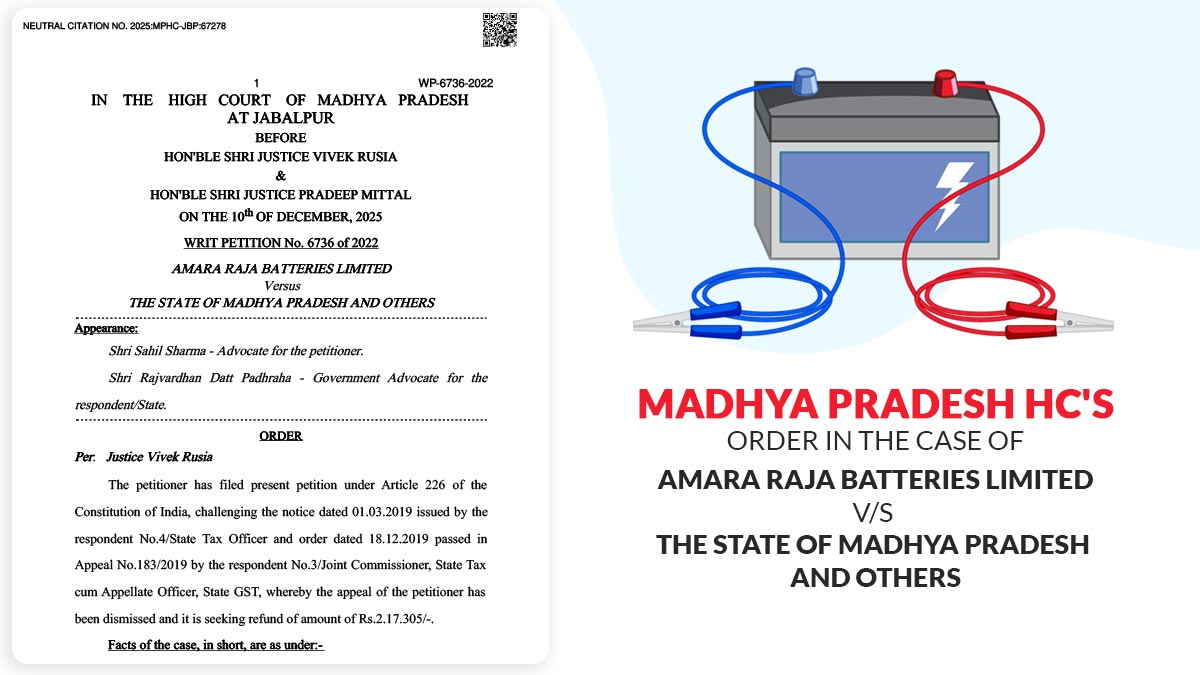
A senior government official has revealed that pilot initiatives aimed at testing biometric and geotagging authentication for GST registration have been postponed due to disagreements concerning access to the Aadhaar identity database.
Nevertheless, the finance ministry remains optimistic about implementing both biometric and geotagging authentication methods in Fiscal Year 2025. These measures are designed to prevent the registration of fraudulent entities and the submission of false input tax credit claims under the GST system.
The pilot programs, originally intended for Odisha and Puducherry, were delayed because of difficulties related to accessing the Unique Identification Authority of India (UIDAI) database.
To enhance the GST registration process and combat the creation of fake entities, as well as reduce revenue losses, the government plans to incorporate biometric authentication and geotagging of office locations. Currently, individuals verify their identity through OTP-based authentication using Aadhaar and PAN.
The Central Board of Indirect Taxes and Customs (CBIC) initially planned pilot projects in Odisha and Puducherry, with subsequent phases in Rajasthan, Maharashtra, and Gujarat. However, there is a lack of consensus regarding access to the UIDAI database for these trial initiatives.
States had a specific approach in mind for this, but the Goods and Services Tax Network (GSTN) had reservations about it. The Unique Identification Authority of India (UIDAI) wanted to grant database access exclusively to GSTN, while others preferred a single point of contact. UIDAI aims for all access to go through GSTN. The issue is currently being examined by GSTN, as it involves a policy decision, as explained by the official.
Despite these delays, the proposal for biometric and geotagging-based verification, along with the outcomes of the initial pilot projects, will likely be presented to the GST Council during its meeting in the October-December timeframe. This is to pave the way for implementation in the upcoming fiscal year. After the trials, there will be an assessment of the infrastructure requirements, and the specifics will be worked out.
Once approved by the GST Council, the Central Board of Indirect Taxes and Customs (CBIC) can proceed with the implementation. The speed at which biometric and geotagging verification can be scaled up remains to be seen, but it is expected to be implemented in the next fiscal year.
Recommended: Simple to Learn About GST Identification Number (GSTIN)
Under the GST law, a physical place of business is a requirement. In numerous cases, entity addresses were found to be fraudulent. The government is now actively pursuing mandatory geotagging of all company addresses, while biometric authentication will be obligatory for entities classified as high-risk.
At the conclusion of a two-month campaign called Special All-India GST Drive in July, the Central Board of Indirect Taxes and Customs (CBIC) exposed 20,800 fraudulent entities, uncovering deceptive claims for input tax credits amounting to Rs 19,500 crore. Input tax credit (ITC) enables GST taxpayers to request reimbursement for taxes paid on materials used in the production of goods or services.
Typically, counterfeit businesses are established by utilizing another person’s PAN and UID details to complete the registration process. Some individuals are rumoured to make nominal payments to obtain others’ identity documents for the purpose of creating these fictitious enterprises.
Nonetheless, the CBIC must ensure that the new verification procedures do not hinder the GST registration process.
“The registration process needs to remain swift and efficient. It should be a straightforward and streamlined procedure because there have already been complaints that the registration process takes up to 15 days,” emphasized the official.









